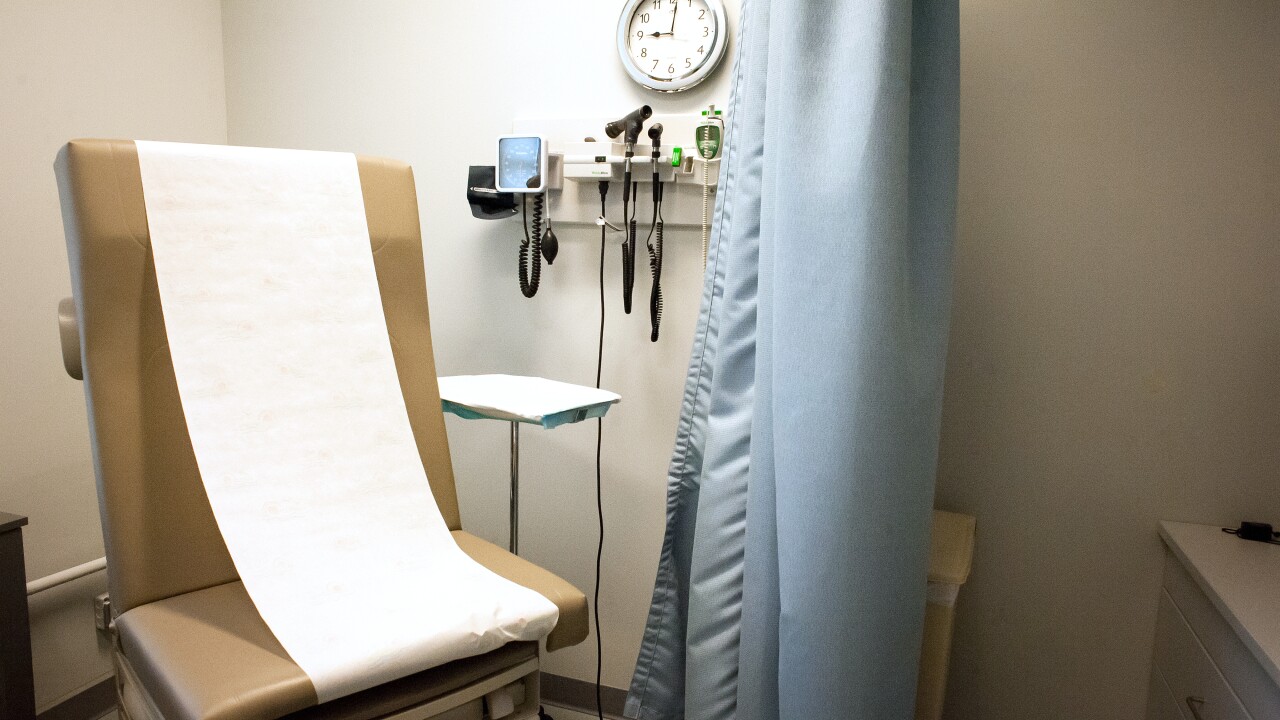That's why offering paid leave benefits — especially
But organizations recognize they need to do more. And many are, especially when it comes to supporting new parents. They're offering additional benefits — before, during, and after paid parental leave — that make having a baby easier. Fertility support, flexible hours upon return, and in-office perks like lactation rooms and refrigerators for milk storage all help new parents return to work productively.
Read more:
Though caregiving and grief are drastically different experiences than pregnancy, they are all milestones in the life of a family, when extra support is crucial. Employers must start to address them similarly. It's time to up the ante on caregiver and bereavement benefits and include additional support before, during, and after paid leave.
Though employers may not know it, many of their employees are caregivers when off the clock: one
Furthermore, caregivers are likely to also experience loss and grief at some point, particularly if they're caring for their aging parent or someone with a worsening illness. Empathy's
Read more:
People in these phases of life also say that it affects their physical and mental health and their productivity at work. For example, 80% of employee caregivers
The current benefits — namely, paid leave — aren't enough. In fact, 66% of working caregivers say their employers don't support them in the ways that they need, per
Competitive employers need to add supports around paid leave so caregivers and grievers feel the impact before leave is taken and after it has expired. That way, they can confidently and productively return to work and stay in the workforce.
Read more:
One hallmark of a holistic caregiver and bereavement benefit is resources for both practical and emotional support. Caregiving and grief often come with logistical challenges, like establishing an advance directive for a loved one or winding down an estate. The difficulty of these tasks is amplified by emotions: Grief is made harder by logistics, and logistics are made harder by grief.
A holistic support program would give employees access to experts who can give practical guidance through legal documents as well as empathetic, experienced listeners who can help address the emotions around caregiving and grieving a loved one.
Support and guidance should also be available from trained, experienced, human experts as well as via technology. One caregiver may want a digital health platform to help them track bills and to-dos, for instance, but another may rather seek assistance and a listening ear from an expert. In reality, most people will need both at some point.
With the aging population, the number of caregivers will continue to increase. And in the end, no one escapes loss. Now is the time to address these life phases comprehensively and holistically, providing wraparound support in addition to paid time away.






